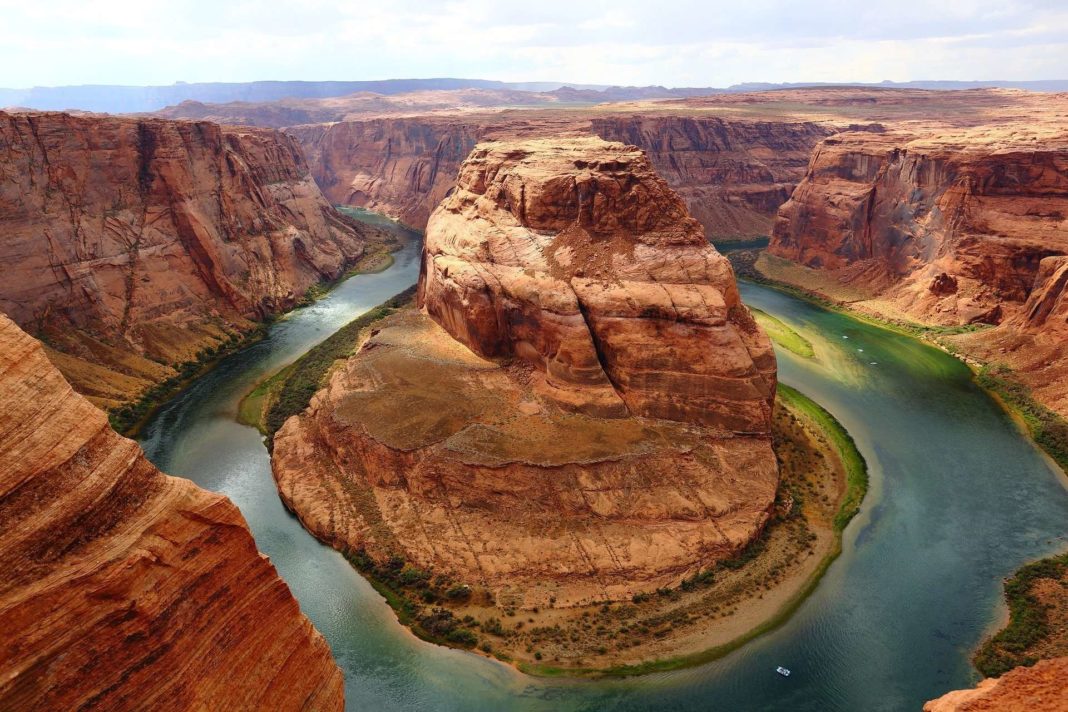Only a small percentage of people will ever see the spectacular natural wonders that the Earth has to offer. Seven provisional winners were announced in a global popularity poll, outranking other magnificent sights. The Northern Lights, the Grand Canyon, Paricutin, Mount Everest, Rio de Janeiro Harbor, Victoria Falls, and the Great Barrier Reef are among the world’s seven natural wonders.
To capture the vastness of each phenomenon, many of these naturally-formed displays require an aerial view. These 7 natural wonders are on the bucket lists of avid explorers, daredevils, backpackers, expatriates, and tourists.
1. The Northern Lights: Aurora Borealis
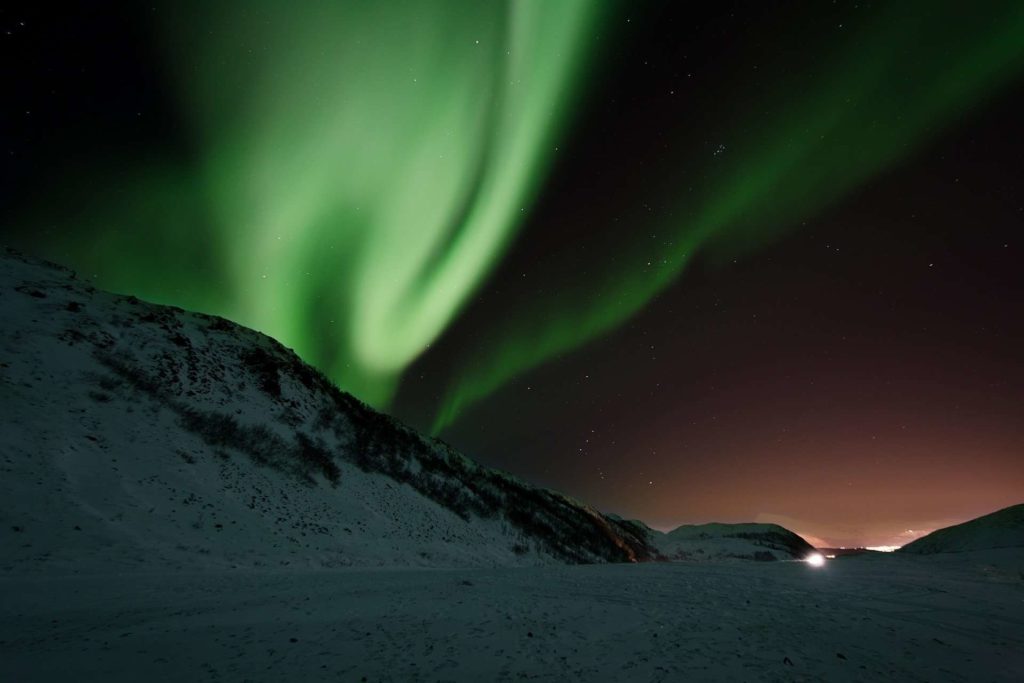
The Northern Lights, also known as Aurora Borealis, are a natural phenomenon and one of the most stunning wonders of the world. They occur in the polar regions, primarily in the Arctic Circle, and are visible in countries like Norway, Sweden, Finland, Iceland, Greenland, Canada, and Alaska (USA). The Southern Lights, or Aurora Australis, can be seen in the southern hemisphere, but they are less accessible due to the remote locations where they appear, such as Antarctica and the southern Indian Ocean.
The Northern Lights are the result of charged particles from the sun interacting with Earth’s magnetic field and atmosphere. When the solar wind reaches Earth, it can cause the charged particles to collide with the gases in our atmosphere, primarily oxygen and nitrogen. These collisions emit light, which creates the beautiful colors and patterns we associate with the aurora.
The colors of the aurora vary depending on the type of gas involved in the collisions and the altitude at which they occur. Oxygen produces green and red light, while nitrogen creates blue and purple hues. The most common color is green, followed by red, yellow, blue, and purple. The aurora can appear as a diffuse glow, arcs, or as “curtains” of light that seem to ripple and dance across the sky.
The best time to see the Northern Lights is during the winter months, from late September to early April, when the nights are longest and the skies are darkest. However, sightings can never be guaranteed, as they depend on solar activity, weather conditions, and the absence of light pollution. To increase your chances of seeing the aurora, it’s best to head to locations far away from city lights and with clear, unobstructed views of the sky.
The Northern Lights are not only a breathtaking natural wonder but also an important part of the cultural and spiritual beliefs of indigenous peoples living in the polar regions. Many legends and myths surround the phenomenon, attributing the lights to supernatural beings or spirits.
Experiencing the Northern Lights is a once-in-a-lifetime opportunity for many people, and it remains one of the most sought-after and awe-inspiring natural spectacles in the world.
2. The Grand Canyon

The Grand Canyon is widely regarded as one of the most awe-inspiring natural wonders in the world. It is a steep-sided canyon located in the state of Arizona, USA, carved by the Colorado River over millions of years. The canyon is approximately 277 miles long, up to 18 miles wide, and up to 1 mile deep.
The Grand Canyon’s breathtaking landscape and geology have captivated people for centuries, and it is recognized as one of the Seven Natural Wonders of the World. This title was granted by the New7Wonders Foundation in 2011, following a worldwide vote that saw more than 100 million votes cast.
The Grand Canyon’s stunning vistas and unique geology make it a popular destination for tourists and nature enthusiasts from around the world. The canyon is home to a diverse array of plant and animal species, including numerous endemic species that cannot be found anywhere else on Earth.
The Grand Canyon also has significant cultural and historical importance. The canyon has been inhabited by various Native American tribes for thousands of years, and it played a crucial role in the development of the American West.
The Grand Canyon is a remarkable natural wonder that continues to inspire and awe visitors from all over the world. Its unique geology, stunning vistas, and rich cultural history make it a must-see destination for anyone interested in the natural world.
3. Paricutin Volcano

Paricutin is a volcano located in the state of Michoacan, Mexico. It is considered to be one of the youngest volcanoes in the world, having erupted for the first time on February 20, 1943, and continued to erupt for nine years, until it finally ceased in 1952.
The eruption of Paricutin was a dramatic and sudden event, with the volcano emerging from a cornfield and rapidly growing in size over the course of a few days. The eruption was initially characterized by explosive eruptions, but eventually shifted to a more effusive style of eruption, with lava flows that reached up to 5 miles in length.
The eruption of Paricutin was significant not only for its sheer spectacle but also for the insights it provided into the formation and behavior of volcanoes. Scientists were able to study the volcano from its very beginning, and the data they collected helped to improve our understanding of the processes that drive volcanic activity.
Today, Paricutin is a popular tourist destination, with visitors coming from all over the world to witness the remains of this extraordinary volcano. The surrounding landscape is starkly beautiful, with lava fields, ash-covered hillsides, and a sense of otherworldliness that is difficult to describe.
Overall, Paricutin is an incredible natural wonder that offers a unique and fascinating glimpse into the power of the Earth’s geological processes. Its eruption was a reminder that our planet is constantly changing and evolving, and that there is still much to be learned about the forces that shape our world.
4. Victoria Falls
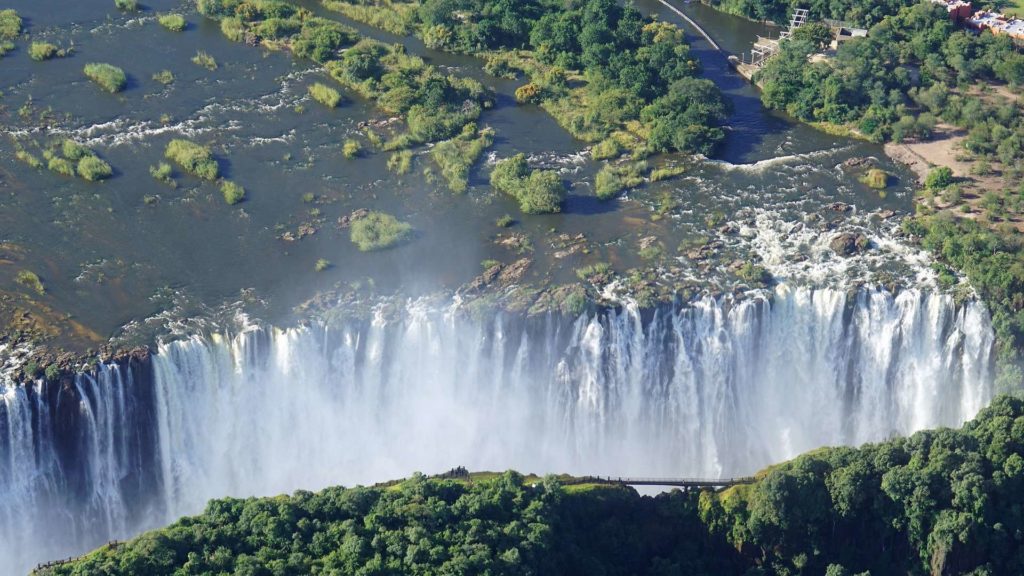
Victoria Falls is a natural wonder located on the border between Zambia and Zimbabwe in southern Africa. It is considered to be one of the largest and most spectacular waterfalls in the world, with a width of 1.7 kilometers (1.1 miles) and a height of 108 meters (354 feet).
The falls are formed by the Zambezi River, which drops over a basalt plateau to create a curtain of mist and spray that can be seen from miles away. The mist from the falls is so dense that it creates its own microclimate, supporting a unique ecosystem of plants and animals in the surrounding area.
The falls are named after Queen Victoria, and are known locally as Mosi-oa-Tunya, which means “the smoke that thunders” in the local Tonga language. They are a popular tourist destination, attracting visitors from around the world who come to witness the incredible spectacle of the falls and the surrounding natural beauty.
In addition to its stunning natural beauty, Victoria Falls also has cultural and historical significance. The falls have been a site of human habitation for thousands of years, and are considered to be a sacred place by the local people. The falls also played a role in the development of the region, serving as a trade and transportation route for many years.
5. Mount Everest
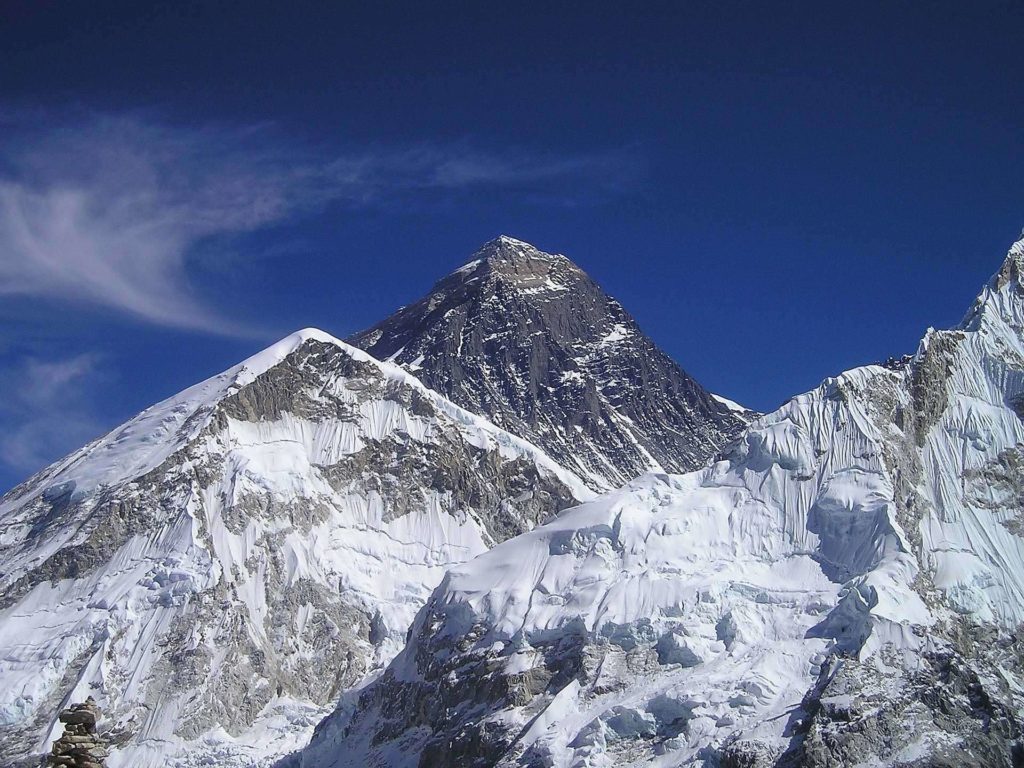
Mount Everest is the highest mountain in the world, located in the Himalayas on the border between Nepal and Tibet. It stands at a height of 8,848 meters (29,029 feet) above sea level and is considered to be one of the most challenging climbs in the world.
Everest is named after Sir George Everest, a British surveyor-general of India who first calculated its exact height. The mountain has long been a source of fascination and inspiration for mountaineers, adventurers, and nature enthusiasts from around the world.
The first successful ascent of Everest was made by Sir Edmund Hillary of New Zealand and Tenzing Norgay, a Sherpa mountaineer from Nepal, in 1953. Since then, thousands of climbers have attempted to summit the mountain, with many losing their lives in the attempt.
Climbing Everest is a daunting and dangerous endeavor, requiring extensive training, preparation, and a considerable amount of resources. The climb is made even more challenging by the extreme altitude, unpredictable weather conditions, and the physical and mental demands of high-altitude mountaineering.
Despite the risks and challenges, climbing Everest remains a dream for many mountaineers and adventurers. The mountain and the surrounding region are also of great cultural and religious significance, home to a number of indigenous communities and ancient traditions.
Overall, Mount Everest is an awe-inspiring natural wonder that has captured the imaginations of people around the world. Its stunning beauty, rich cultural history, and incredible physical challenges continue to attract visitors and adventurers from all walks of life.
6. Great Barrier Reef
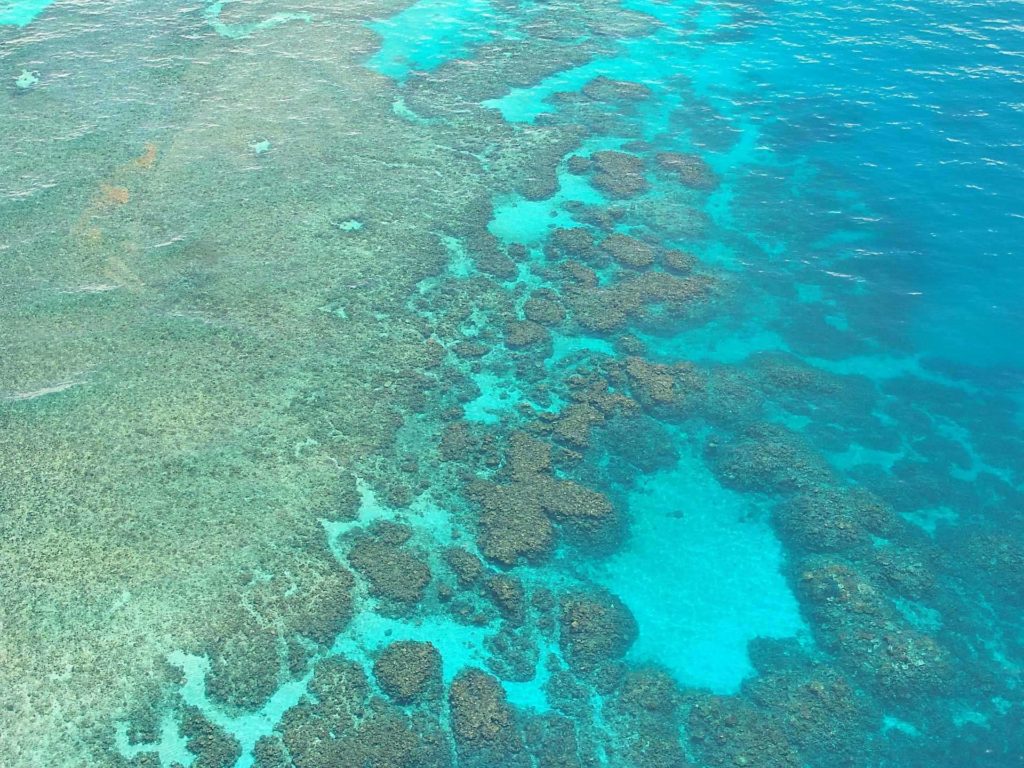
The Great Barrier Reef is a vast, diverse, and spectacular ecosystem located off the coast of Queensland, Australia. It is the largest coral reef system in the world, spanning over 2,300 kilometers (1,400 miles) and covering an area of approximately 344,000 square kilometers (133,000 square miles).
The Great Barrier Reef is home to an incredible array of marine life, including over 1,500 species of fish, 600 species of coral, and numerous species of sharks, whales, dolphins, and sea turtles. It is also an important breeding ground for many species of birds and a crucial habitat for a wide range of other marine animals.
The reef is made up of thousands of individual coral reefs, islands, and cays, and is home to a diverse array of ecosystems, from shallow coral gardens to deep-sea trenches. It is also a popular destination for tourists and divers, who come from all over the world to experience the stunning beauty and biodiversity of the reef.
Despite its incredible natural beauty and ecological importance, the Great Barrier Reef is facing a number of significant challenges, including climate change, overfishing, pollution, and other forms of human impact. These threats have led to widespread coral bleaching, declines in biodiversity, and other serious ecological problems.
Efforts are underway to address these challenges and protect the Great Barrier Reef for future generations. These efforts include conservation measures, sustainable tourism practices, and research aimed at better understanding the reef’s ecology and the threats it faces.
Read More: Visiting the Great Barrier Reef
7. Harbor of Rio de Janeiro
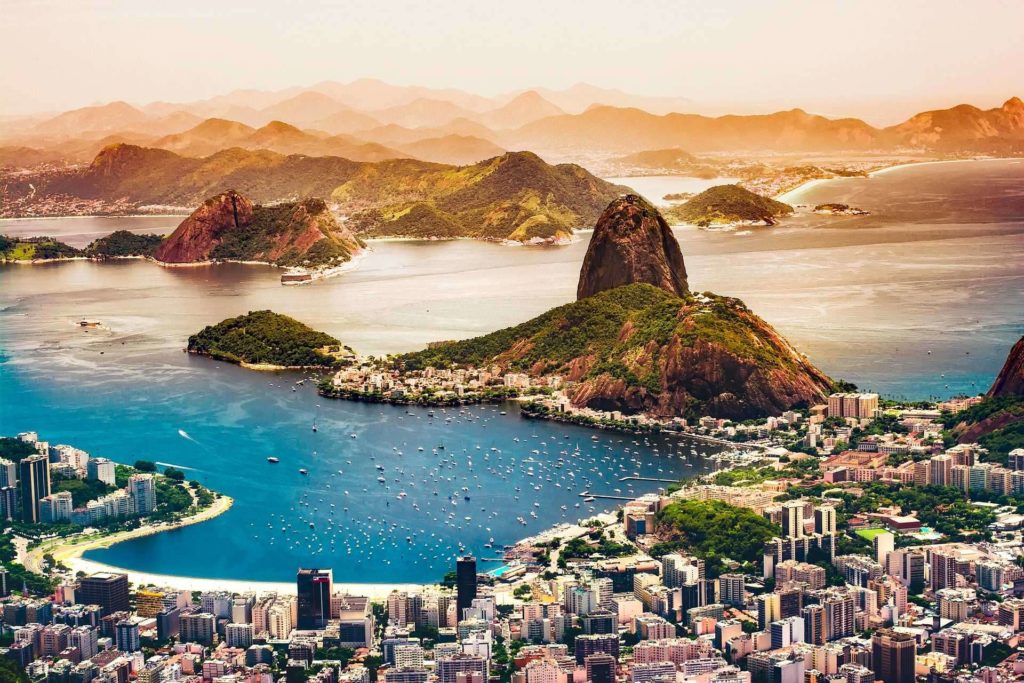
The Harbor of Rio de Janeiro is a natural wonder located in Rio de Janeiro, Brazil. It is a large bay that stretches for approximately 32 kilometers (20 miles) along the coast, surrounded by towering mountains and lush tropical forests. The harbor is considered to be one of the most beautiful natural harbors in the world, and is a popular destination for tourists and nature enthusiasts from around the world.
The harbor is home to several islands, including Governor’s Island and Paquetá Island, and is surrounded by some of the most iconic landmarks in Rio de Janeiro, including the famous Sugarloaf Mountain and the Christ the Redeemer statue. The bay is also a crucial transportation hub, serving as a port for cargo ships and cruise liners.
The harbor has a rich cultural and historical significance, having played a crucial role in the development of Brazil’s economy and trade over the centuries. The bay was first explored by Portuguese explorers in the 16th century and was used as a strategic port for shipping goods and supplies to and from Europe.
Today, the harbor is a major tourist destination, offering a range of attractions and activities for visitors. From boat tours and scenic drives to hiking and biking in the surrounding hills and forests, there is no shortage of things to see and do in this stunning natural wonder.
Overall, the Harbor of Rio de Janeiro is a breathtaking natural wonder that showcases the stunning beauty and diversity of Brazil’s landscape. Its rich cultural and historical significance, combined with its spectacular scenery and range of activities, make it a must-see destination for anyone visiting Rio de Janeiro or Brazil.
FAQs
Who chooses the 7 Natural Wonders of the World?
The Seven Natural Wonders of the World are chosen through a combination of public voting and expert panel selection. The New7Wonders Foundation organized a global poll in 2007 to determine the new seven wonders of the world, and the winners were announced in 2011.
Are the 7 Natural Wonders of the World still intact?
Yes, all seven of the natural wonders are still intact, although some are facing significant environmental challenges that threaten their long-term health and viability.
Are there other lists of natural wonders besides the 7 Natural Wonders of the World?
Yes, there are many other lists of natural wonders, including national lists, regional lists, and lists created by individual organizations or experts. Some of these lists may overlap with the Seven Natural Wonders, while others may highlight different natural wonders around the world.





